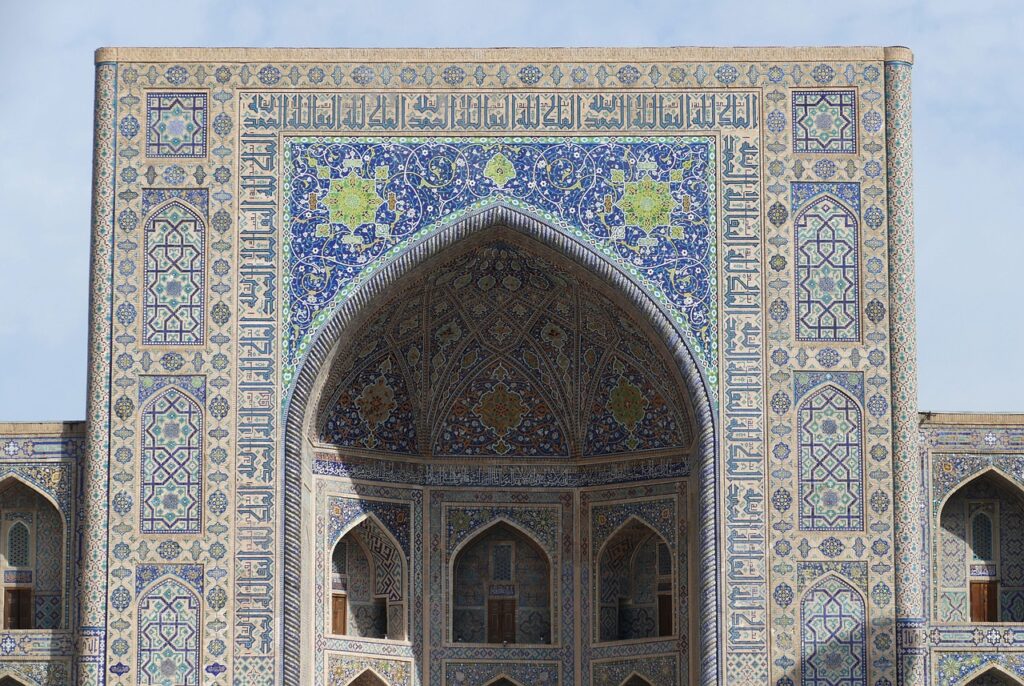Asiatic Russia: Empire, State, and Society

Map of Siberia by S. Remezov (1642-after 1720)
This course adopts a fresh perspective on the formative period of the rise of the Russian Empire that highlights the interplay of nomadic concepts of sovereignty and territoriality in shaping Russian imperial visions and practices.
Nomads of the Eurasian Steppes

“A nomadic society does not have a history of its own,” wrote the well-known Historian Arnold Toynbee. This course challenges this statement by employing new perspectives in examining the economic, political, cultural, and environmental history of the nomadic steppe populations of Eurasia, which main body lies within the borders of the former Soviet Union.
Central Asia: Imperial Legacies, New Images

This course is designed to provide an overview of Central Asia’s imperial history, starting with Russia’s expansion in the eighteenth century to the present. Its main focus is on the five post-Soviet states of Kazakhstan, Kyrgyzstan, Uzbekistan, Turkmenistan, and Tajikistan. The course explores the impact of imperial tsarist and Soviet legacies on reshaping the region’s practices and policies of Islam, gender, nation-state building, democratization, and economic development.
Islam and Russia

The course takes a closer look at imperial Russia’s policies of Islam that were aimed at integrating the empire’s Muslim populations into its confessional system. The course traces the impact of these policies on shaping Soviet and post-Soviet policies of Islam.